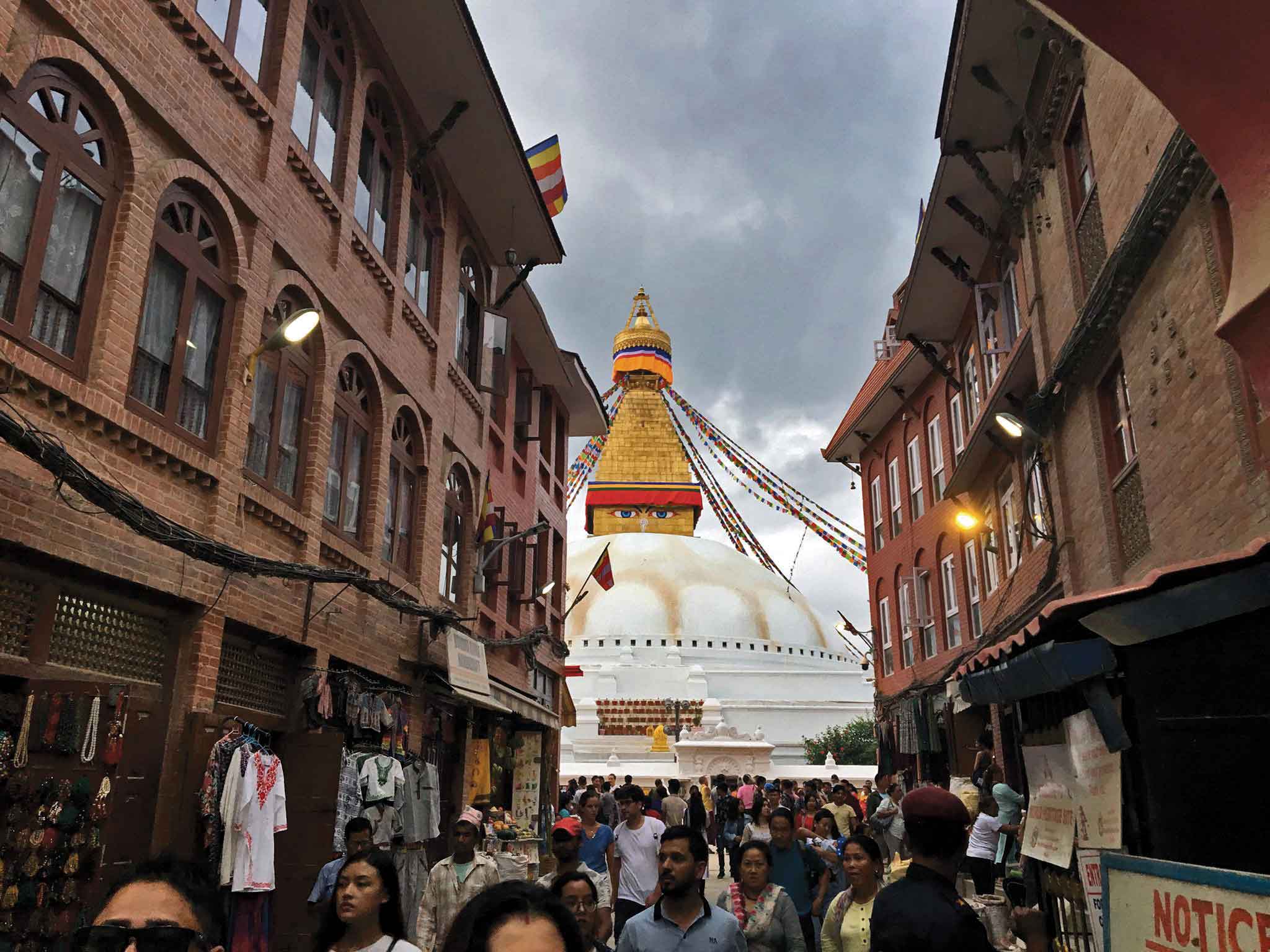
Why is a ‘lakhamari’ called so?
Lakhamari is a traditional Nepali sweet that comes in different shapes and sizes. There is no actual reason behind why it is called a ‘lakhamari’. However most usually believe that lakha means big and mari means sweets. So it means a huge sweet or roti which can be preserved for long period of time.
 Cultural use or importance?
Cultural use or importance?
Earlier people took these as saguns (auspicious gifts) and gifts. In the Newar community it was compulsory to include ‘lakhamaris’ in the marriage as saguns. Since, it can be preserved for a long time, it is usually used in every social function.
“People usually imagine a long and round sweet when we talk of lakhamari but many don’t realize that there are so many different types of it based on shape and size because of which the purpose or use of the lakhamari differs too. For example; the bigger ones are taken during saguns whereas the smaller ones are usually used in pujas and that smallest ones are mostly for regular consumption.”
 When and how did it enter the market as a commercialized confectionery item?
When and how did it enter the market as a commercialized confectionery item?
Culturally and commercially it has been in use since a very long time there is no exact pointing as to when it began. However mode of production and distribution has changed. There were no supermarkets or department stores, for sales and distribution before but now it is being packaged and even exported to countries abroad.
 Kastamandap Khadya Udhyog
Kastamandap Khadya Udhyog
I always had this thought lingering in my mind “we have so many sweets of other countries occupying the market here, but what about our own Nepali sweets?” This drive to introduce our local sweets to a bigger market eventually led to the establishment of Kasthamandap Khadya Udhyog in 2008, a food based company working in the production of traditional foods and confectionaries like lakhamari.
Today, we’re working on packaging and exporting Lakhamaris. We are exporting some to Australia and have also sent samples to the United States.
“Nepali traditional foods need to be promoted too. They need to be provided with the oppourtinities and platforms to rise up too.”











